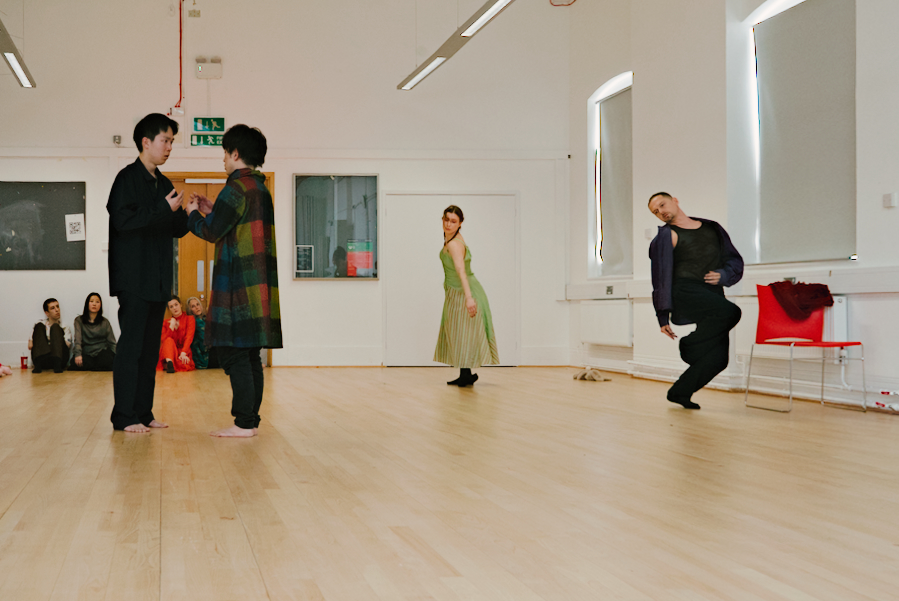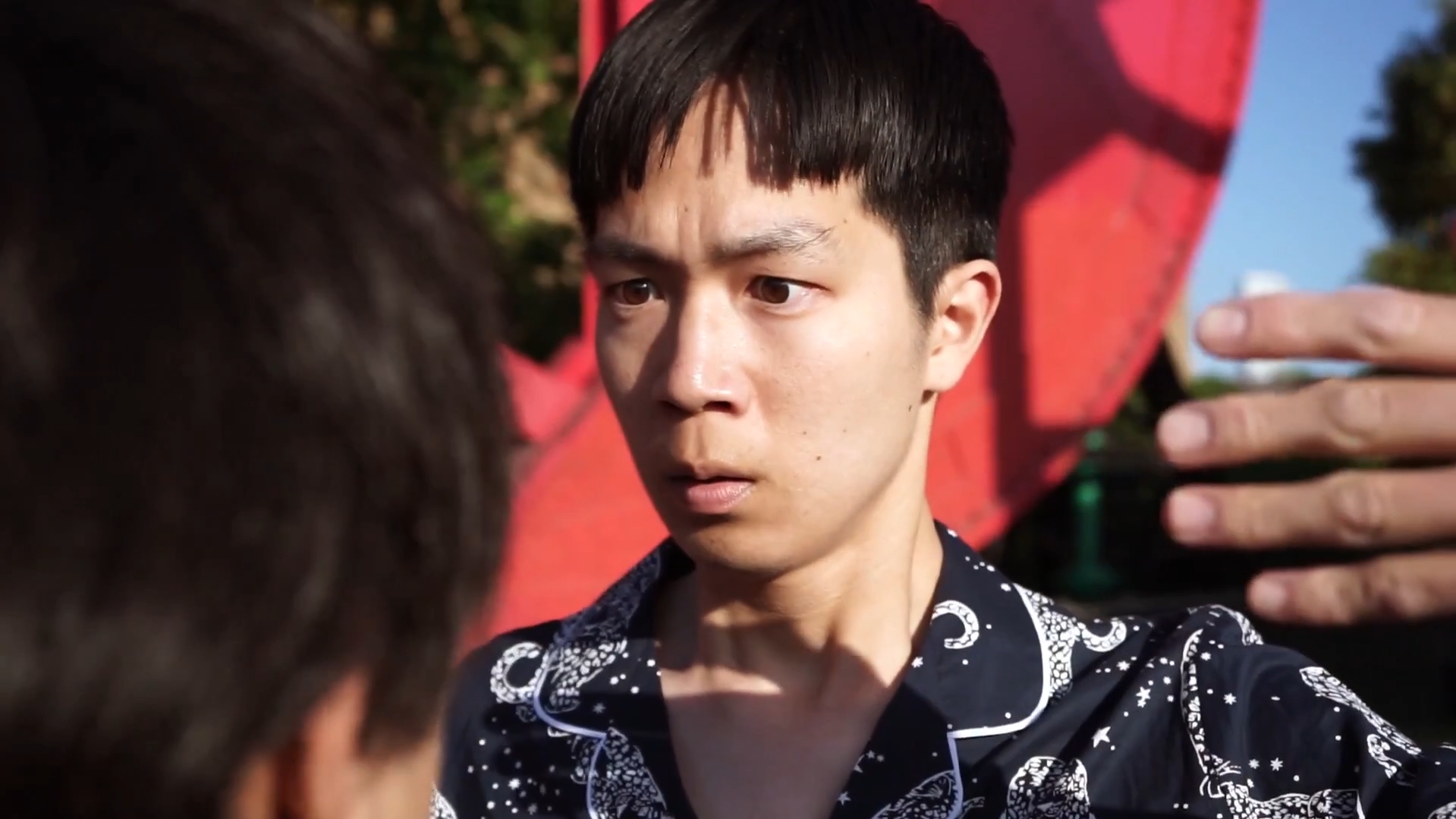Some performances stay with you long after the lights go down. Duet is one of them.
I didn’t just photograph this piece, I filmed it, lived it, breathed in its quiet intensity through the viewfinder.
At its heart, Duet is not just a dance. It’s a dialogue between a man and his other self. Not a twin, not a ghost. Something stranger, more intimate. His alter ego emerges, not from imagination, but from movement, summoned through the breath and heat of his own body. From the very first steps, you can sense it: he needs this companion. Craves it. Mirrors it. Loves it.
Duet tells the story of a character and his alter ego, two bodies, one self, mirroring and separating, depending on the moment. But more than that, it unfolds like a dream. The kind that blurs around the edges. The performers wear pijamas, as if caught in the soft space between sleep and wakefulness. The piece moves through different locations, never quite rooted, always just passing through. This wasn’t a single scene on a stage, it was a drifting journey, a pendulum swing through imagined inner worlds.
Duet tells the story of a character and his alter ego – two bodies, one self – shifting between mirroring and separation. But more than that, the piece unfolds like a dream. The kind where time bends and places dissolve into each other. The performers wear pajamas, suspended in that in-between state of not fully waking, not fully asleep. Scenes leap from one location to another without warning, like dream fragments stitched together by feeling rather than logic. It’s not a linear path, but a drifting passage through emotional landscapes—fleeting, surreal, and strangely familiar.
Original Choreography by Adrian Look
And the camera needed to follow that intimacy. Not just observe from afar, but get close enough to feel the tension between the two, between self and shadow.
They move in harmony at first. A kind of magic sync, playful and curious. You could call it joy, even. The way they orbit each other, echoing gestures like children in a game only they understand. And yet, there’s something fragile about it, as if the balance could tip at any moment.
And it does.
There are faltering steps. The alter ego stumbles. The connection slips. Suddenly, you see the desperation in the main character’s eyes, he’s not just dancing anymore, he’s holding on. To memory? To identity? To something that is slipping out of reach?
Filming those moments meant staying alert to more than choreography. I had to capture a pulse. The shifts in breath. The near-pleas buried in the body language. The subtle heartbreak of trying to hold onto a part of yourself that refuses to stay.
Eventually, it breaks.

The second self, this living, breathing mirror, fades. Gone. No revival. No miracle.
Eventually, the second self slips away. Quietly. There’s no dramatic end, just a slow dissolving, like a breath held too long, then let go.
Toward the end, there’s a moment where the character lifts the other onto his back. It’s not grand or exaggerated, but it lingers. The gesture feels like an acceptance of what was, and what remains. Maybe it’s memory, maybe just a trace.Something that stays with him, not alive anymore, but not entirely gone either.
Is it grief?
Responsibility?
The truth we all carry?
It’s not clear. And that’s why it works.

For me, Duet wasn’t about filming movement. It was about capturing the relationship between presence and absence, the aching need to stay whole in a world that pulls you apart.
And maybe, just maybe, about learning to carry what’s gone, not to bring it back, but to keep going.

